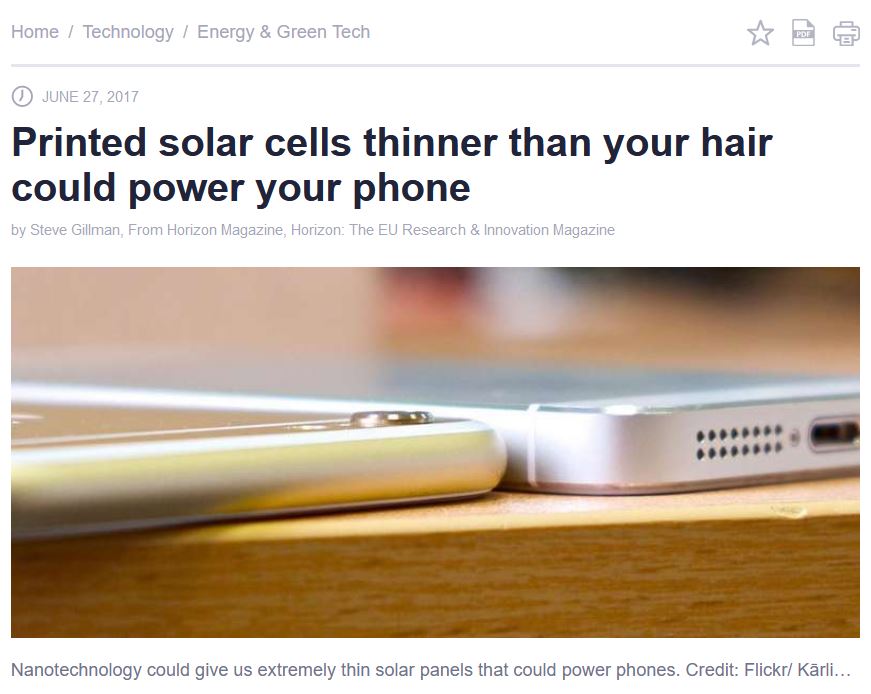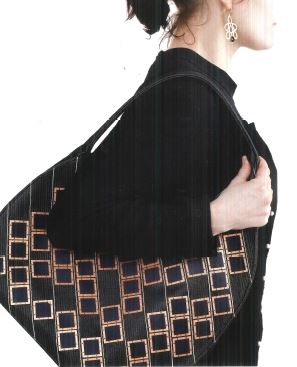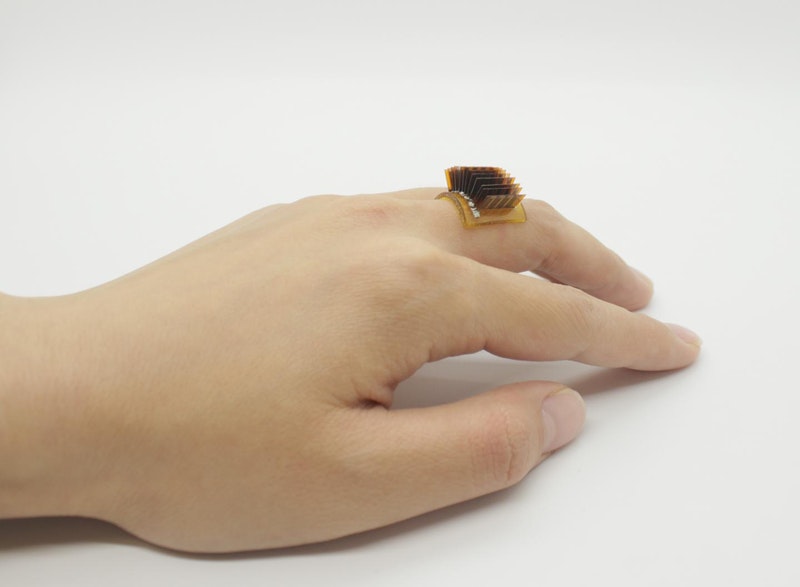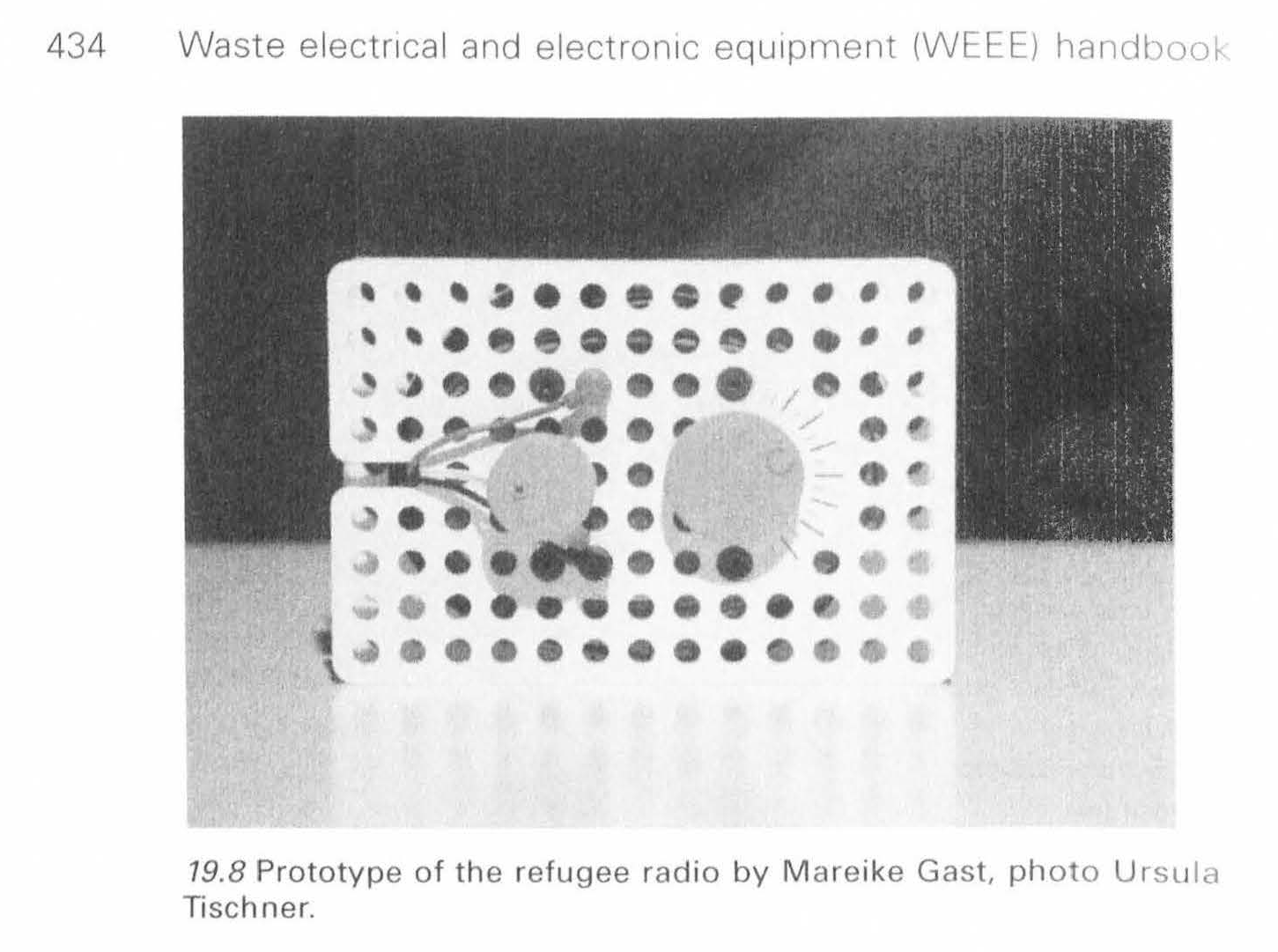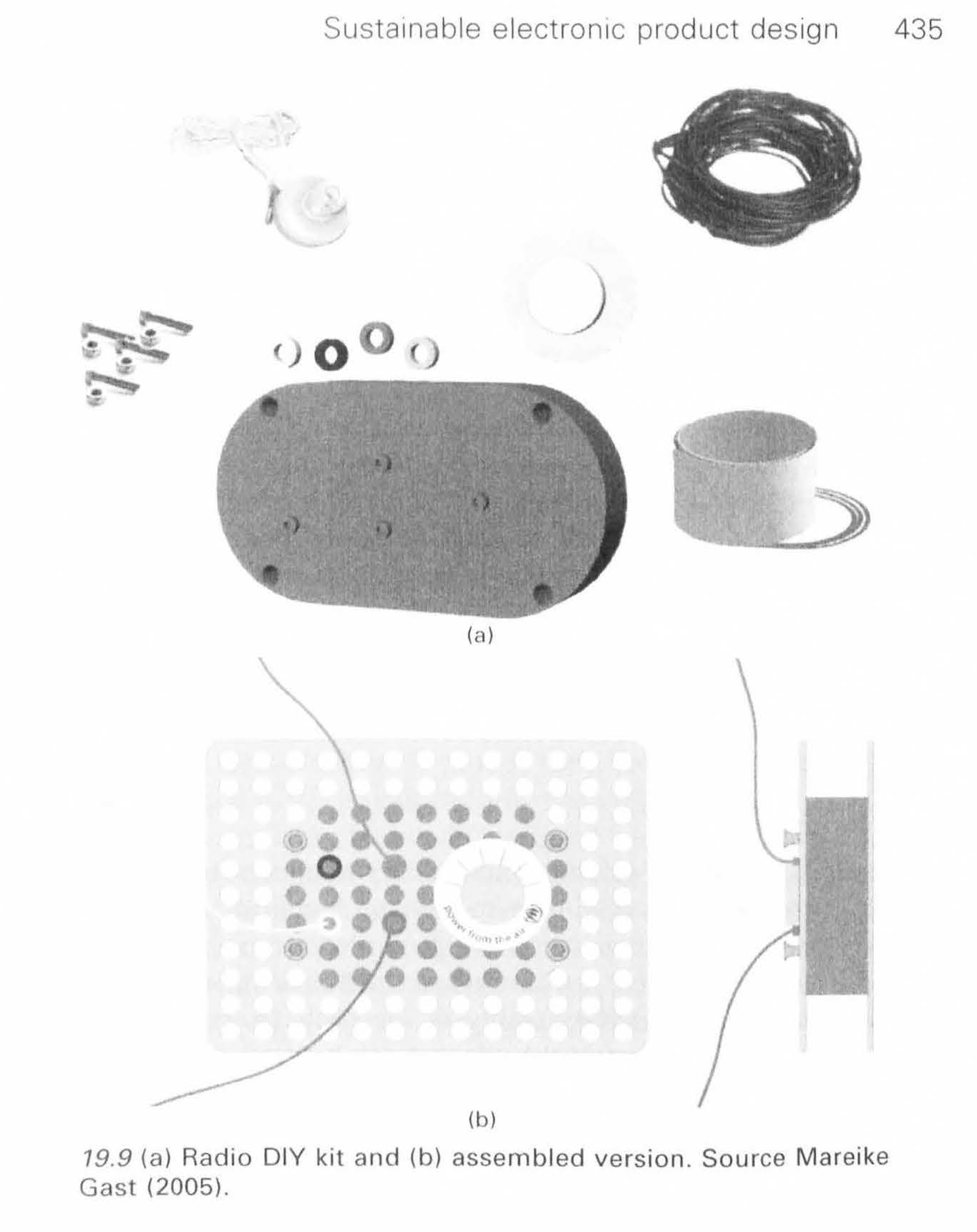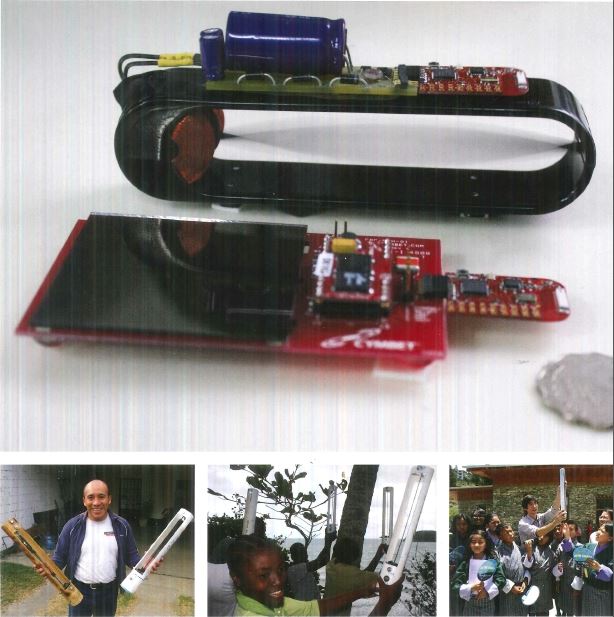ENRGY+
Hi, here it is Harald (PhD candidate at IFI) and Joshi (Prof. at IFI) playing this path from July 2021.
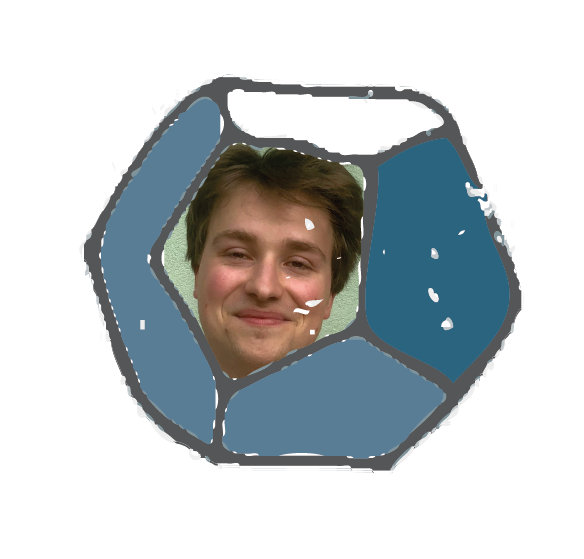

This blue design brief is called ENRGY+ (energy plus) and refers to kinetic approaches as to how energy is harvested and saved.
It poses a substantial re-thinking in how mobile devices, such as the smartphone, retrieve, spend and manage energy. It refers to an eco-design approach known from architecture and building construction, where designers, engineers, developers strive to create very energy-efficient, net-zero or even net positive buildings (e.g. energy-plus houses). ENRGY+ asks you to think out a possible phone equivalent, that meets the user needs involved, yet significantly alters energy schemes during use.
Step I
INSPIRE
Step PR
PROVOKE
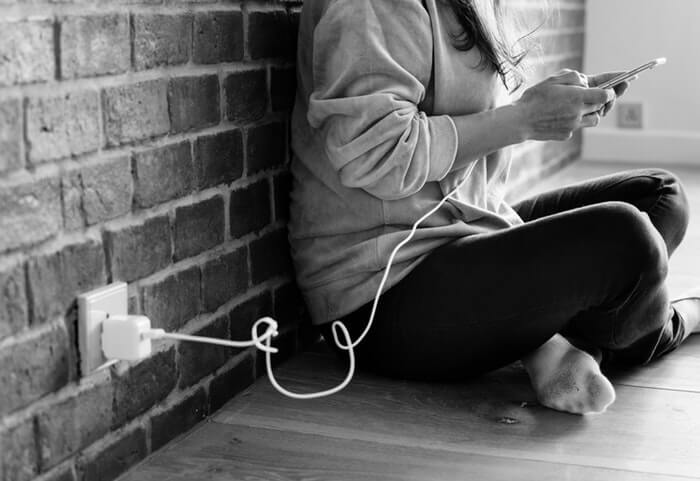
So let’s begin with the ‘provocation’ that ENRGY+ poses. A usual mobile phone is mobile, i.e. independent of place, because it carries a battery that feeds all the ongoing computation and communication processes with the necessary electrical energy. When the limited capacity of charge is emptied, it must be charged again, which often is not place-independent anymore but literally “ties people to a plug” (see picture) or leads to phenomena like ‘opportunity charging’.
Let’s have a look at concepts of more flexible charging of mobile devices, as well as of battery exchange in general.
Usually phone batteries have been glued-in or used to be easily exchangeable, i.e. modular (see the Samsung Galaxy example pictured). Even standard formats, e.g. AA- or AAA-batteries or battery cells, have been used in for instance smartwatches.
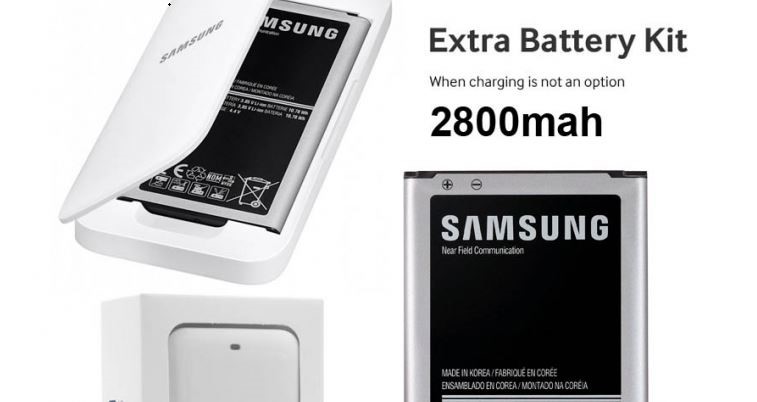
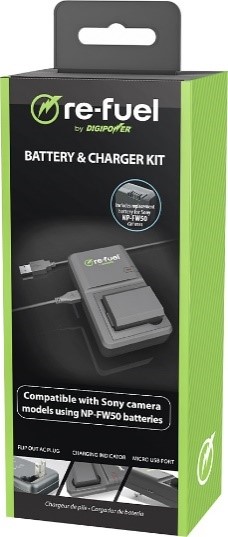
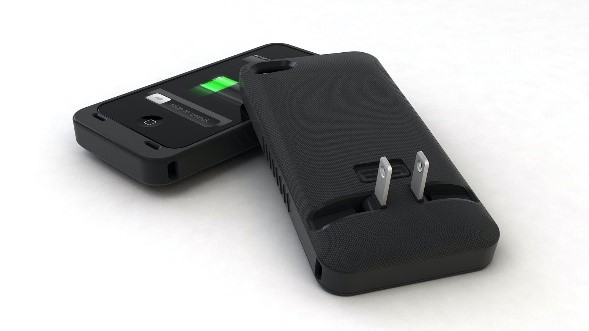
Also digital cameras used to have an extra battery to charge outside the camera (see for example the re-fuel kit pictured).
Yet another exemplification are the wireless handsets in landline phones with their charging base, a Kickstarter-project of an integrated charger and case for a mobile phone (see picture, https://www.kickstarter.com/projects/464780176/juicetank-the-first-ever-iphone-charger-and-case-i/posts), and wireless charging stations (Qi), which offer convenient phone charging, and supposedly can serve as alternative “access” to the battery, when the phone for instance is “diagnosed” with a damaged charging port.
Would you consider feasible and desirable to charge any phone battery by exchanging an empty one with a pre-charged one, as has been done for cameras and considered for electric vehicles (battery swopping stations), or as has been automated with vending machines, though rather for hardware/spare parts like bicycle tubes?
Feel free to use any of the note-taking techniques offered through the brainstorm journal templates (docx, doc, pdf) for keeping a diary/journal about your thoughts and ideas from here on!
Here comes a little overview of thinkable alternative energy supplies. They are partially represented by some electronic consumer goods, else literature or pictured descriptions, as a collection of diverse energy harvesting techniques. The artefacts you might even want to use for some practical explorations and later prototyping.
The overview here provides idea-stage solutions to how to “win” energy on/at/from a device, such as the mobile phone, which range from harvesting energy from the sun or other radiation, heat, to movement, etc.
The first artefact is a wind-up and solar cell radio. Powering devices with the help of solar cells is long known for e.g. pocket calculators, but also ‘remote’ sensors like weather stations or parking meters and the like. For phones, the same has been proposed before the smartphone age as well as in more recent further developments of solar cells, see “Printed solar cells thinner than your hair could power your phone” https://phys.org/news/2017-06-solar-cells-thinner-hair-power.html or consider the pictured solar bag. Also the wind-up lever has been featured in the literature, see (Tischner & Hora, 2012, p. 431). Other kinetic energy (from movement) has been said to be harvestable from simply wearing the device, see ‘Smartphone future tech: Where can we possibly go from here?’ (Available: https://www.cnet.com/news/smartphone-future-tech-where-can-we-possibly-go-from-here/) and the pictured “wearable device that turns the body into a battery”. Last but not least, radio waves as a form of radiation different from the sun, have been considered as a source for power supply, see (Tischner & Hora, 2012, p. 434) The refugee radio.
The refugee radio designed by “Design Academy Eindhoven graduate Mareike Gast [is] a radio for emergency situations that harvests energy from the radio waves surrounding us (Fig. 19.8). The goal of this project was to distribute information in refugee camps. The solution is a radio that is based on the existing technology of the 'crystal radio' that runs on radio waves alone, not using any external energy. Two variations are available: the prefabricated radio and a do-it-yourself kit that can be assembled and designed by the users (Fig. 19.9).” (Tischner & Hora, 2012, p. 433)
Furthermore, how to “win-win” energy could be a question of integrating energy harvesting and the usual interactions with the device. For instance through typing on a touchscreen the interaction of typing itself could be paired with energizing the display by the touches, and either cumulate this dispersed energy or use it on the spot. Same applies for network connectivity of mobile phones. The data transmission radiation that the phone and telephony antennas send forth and back could maybe be used to also energize the mobile entity (the phone, at the receiving side) from the immobile network infrastructure (at the providing side). This would stand in great contrast to earlier recommendations of how to use less energy with a phone: An old Nokia “manual” would for example advice you to only make a call, where the network coverage is good as to avoid the phone spending some extra energy to get connected to the next antenna: “Conserve the Battery Power
First, try to make voice calls only from places where the signal strength is strong. This way, the radio doesn’t need to amplify its signal, and hence, you save energy. You can also set up the phone to make GPRS connections only “when needed” as opposed to “when available” to save the extra energy needed to maintain an always-on GPRS connection. You can change the GPRS connection setting via [...]” [source: book "Nokia Smartphone Hacks" @ o’Reilly, some may remember having experienced]. Or, is it that we actually might become 'dependent of the wind', whether we can use mobile phones (see the pictured wind belt battery)?
Step AA
ANSWER&ASK
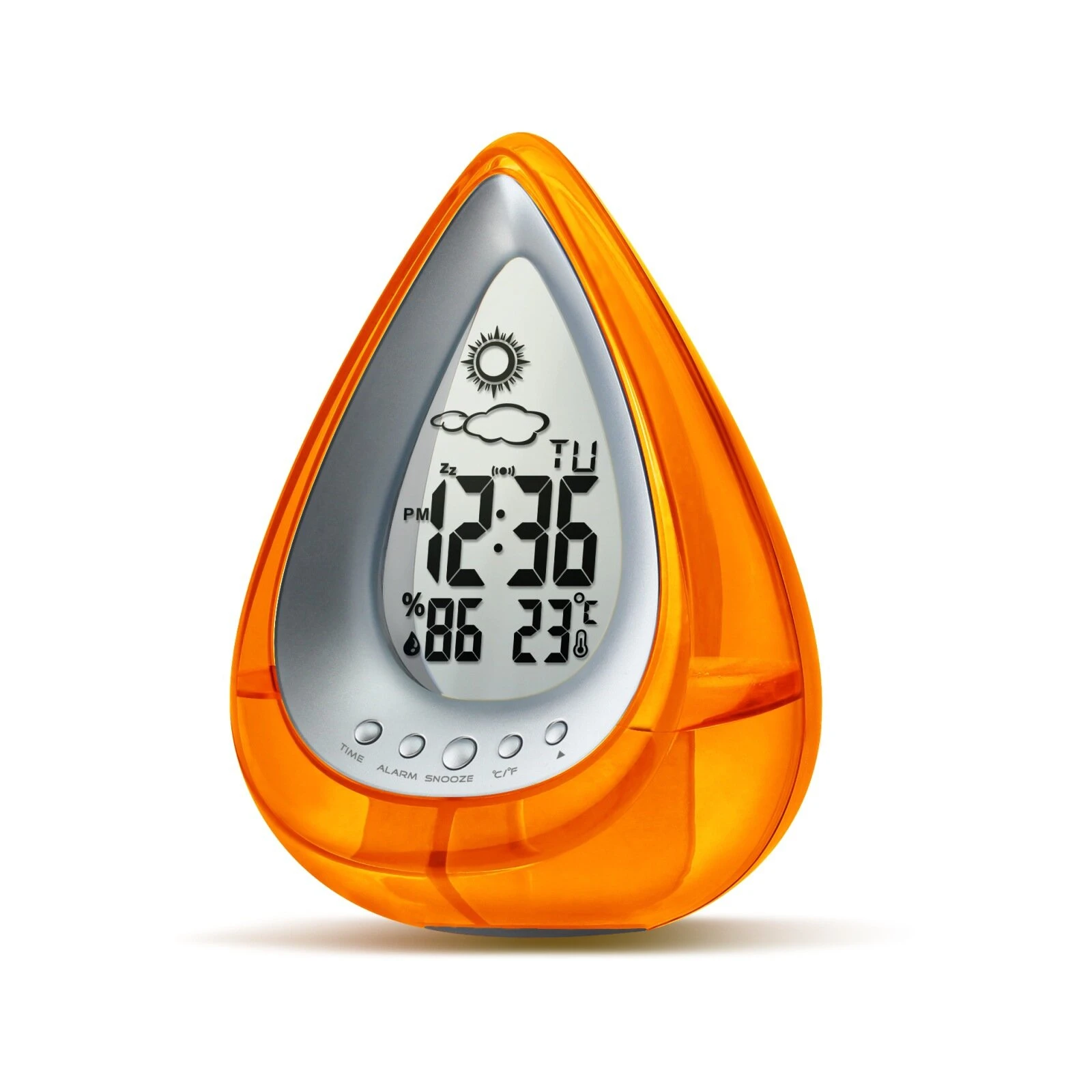
An opposing, but also complementing approach on the output side, where energy is used by the device, is that of ‘Low-energy’ and/or ‘LowTech’.
For instance e-ink display technology has been mentioned in the sustainable technology design literature (Tischner & Hora, 2012) and found its way into phone models, such as the Russian-made Yotapone (ca. 2013-2019, see (PhoneDB - The Largest Phone Specs Database, 2020), https://phonedb.net/index.php?m=device&id=8249&c=yota_phone_2_yd205_lte&d=detailed_specs for reference). With e-ink passive display technology, the energy consumption compared to former LCD and (O)LED technology is significantly lower, which is due to only having to power the switching operations when the displayed content changes. The state-of-the-art remains at monochromatic, i.e. greyscale, passive displays, as e-ink in RGB and pixels that then provide the usual colour spectrum, have been subject of much imagination and investigation, but to no avail.
In the realm of websites, a small greening trend has also taken up monochromatic approaches, for to save energy on providing the website through lowering server uptake. Monochromatic pictures, i.e. one colour in their shades of grey, as well as lower-resolution pictures are significantly smaller in file size and thereof contribute to a low-energy website together with other measures, such as simpler layout, animations through the gif file format instead of video, etc. (see the Low Tech Magazine website, which also features an article about mobile phones and their energy consumption: https://solar.lowtechmagazine.com/2008/02/the-right-to-35.html). Such low-tech approaches make (slightly different) interactions possible for the user while staying under certain limits in (data and) energy storage capacity and density.
Another artefact that might show such a low-energy and low-tech approach is the water-powered clock (pictured). The water’s ions feed basic functions of that clock, i.e. displaying and updating a clock, the date, the temperature and humidity, on a black & transparent display. These are similar low-energy or standby features as on lock screen of the passive display of the Yotaphone. The water-powered clock only needs a refill of water every couple of weeks, and seems to power even longer, when placed in a sun-lit environment.
Given that the availability of refill water is higher than of charging opportunities, a water-powered mode for keeping up very basic phone functions might seem plausible (clock, position tracking/compass, emergency calls, etc.). Making it possible to significantly stretch the battery charge in the situation of need might be an incentive to redesign for instance the battery saving mode, or other modes a phone could uphold (e.g. vacation mode, hiking/navigation mode, sleep mode, you name it). A similar-thought example is ‘wake-on-wireless’, a phenomenon and energy saving strategy that has been subject of research in the early 2000-years (see the article (Shih et al., 2002) “Wake on wireless: An event driven energy saving strategy for battery operated devices.”) Can you think out what the future of wake-on-wireless would look like in terms of the low-energy approaches from above?
How could the Design principle ‘Nudging’ help in this redesign process, imagining a future substantial change in terms of employing (combined) energy harvesting techniques and low-energy and/or low-tech solutions for electronics or artefacts like the mobile phone?
Theoretically is providing energy a question of how dense it can be stored and how quickly transferred to the phone. We could certainly imagine ‘fuelled’ phones, that take breaks (e.g. drinking some fuel), a bit like refilling the water-powered clock. Breaks are then meant to recharge the phone quickly during operation, where it would be digesting the fuel parallel to the other processes during use. Let’s use ‘sugar’ or ‘honey’ as a placeholder for the fuel that enables the phone’s computational tasks, just as is the case with thinking/brainwork for humans. How would we be feeding this honey phone, you think?
Or, would you consider hydrogen (H2) and a small hydrogen cell a suitable fuel and battery/energy-provider with only water as by-product? Could the by-product water also serve as the fluid used to display visual content: sent to the right place in a display (e.g. a magnetic ink display, or water-activated electroluminescent (EL) print as pictured) the water would illuminate the corresponding pixels? The water would thus be in a closed loop system in the phone. Or would it in turn mean, we use electrical charging again to separate water into hydrogen and oxygen? Might the phone start breathing, breathing out oxygen when charging, else breathing in oxygen during use?
Substantial research is conducted to further raise energy storage density, a.o. do some scholars see (the highly doubtful) ‘cold fusion’ as a possible solution (yet rather theoretically, and not in the near future). In principle this thinking asserts a disruptive breakthrough within energy storage density is possible, which means that batteries literally would shrink to the size of a needle-head, i.e. factor 103 smaller. The general audience might be left with some food for thought or reflection here: Would this not cause a huge rebound effect spanning all human activity? If energy was that omnipresent, would not more, if not all of it, be spent on so far utopian activities? Activities like thought-reading-style communication (telepathy), real-time experiences supported by deep-learning/AI, almost “beaming” everything around that needs to travel in space (telekinesis) because it can be dismantled into the information/data and energy for to resurrect elsewhere?
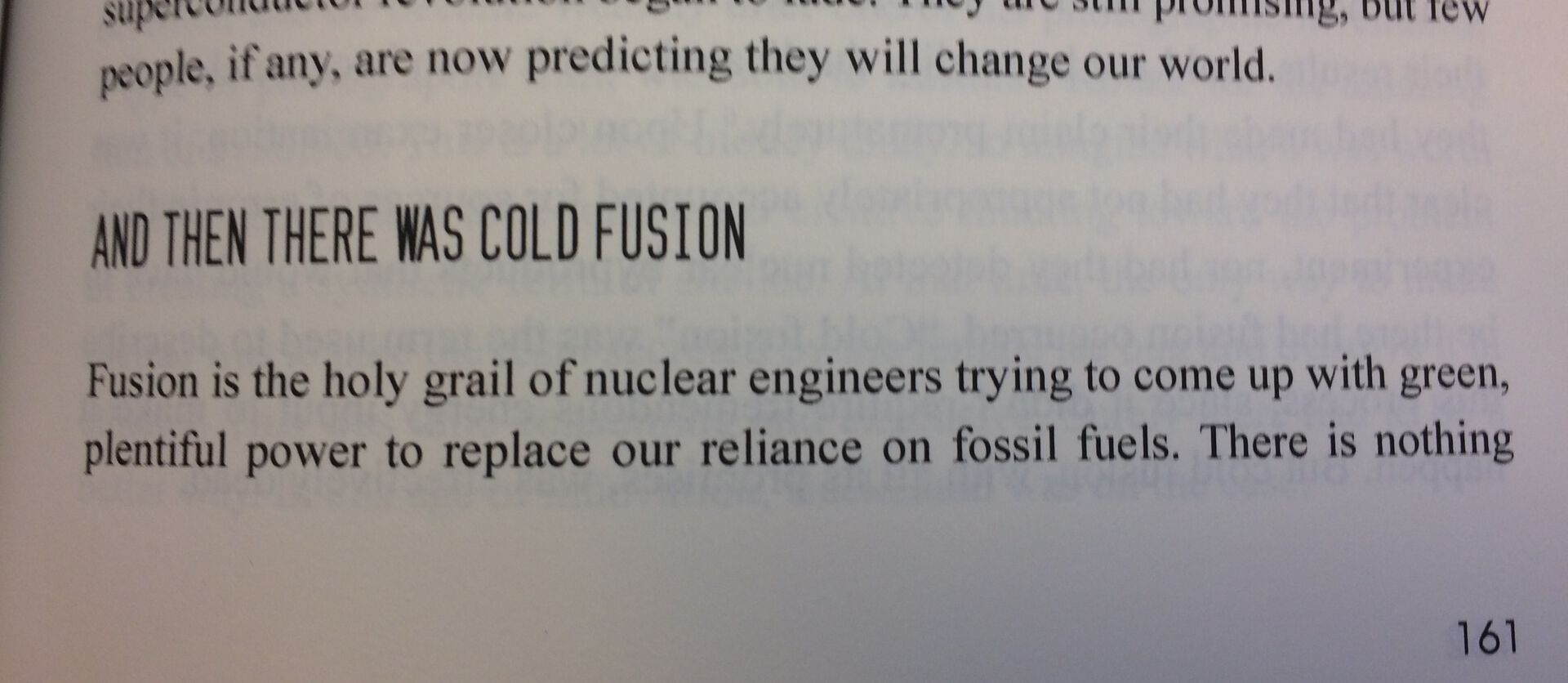
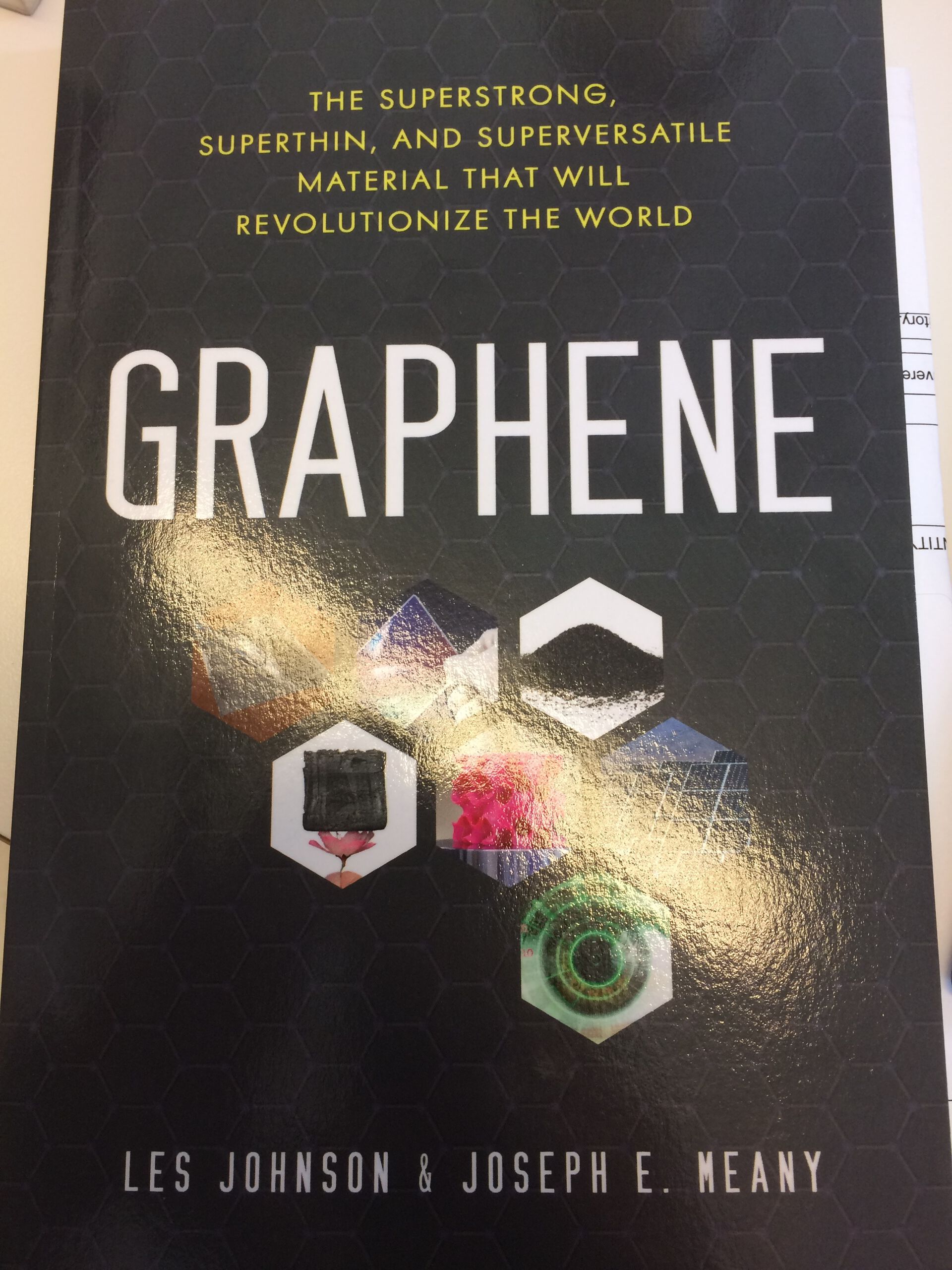
Step AA
ANSWER&ASK
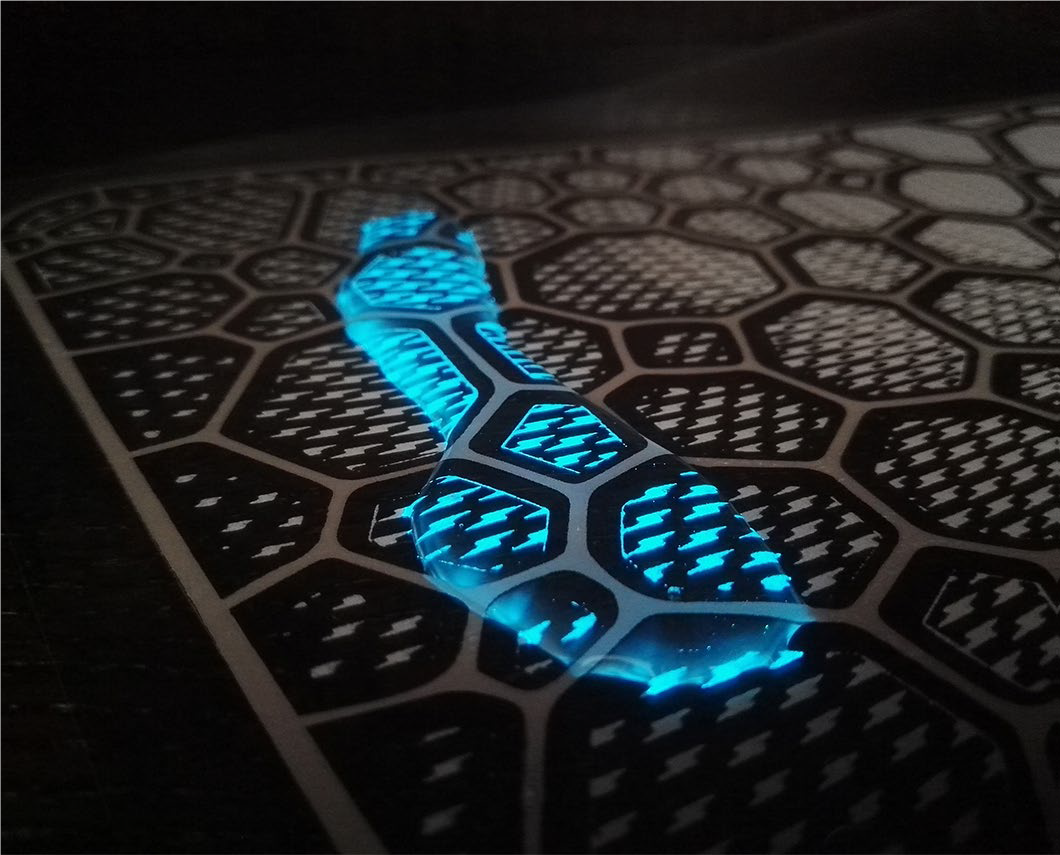
Figure 9. Discovery and perception of new affordances through materials experimentation: left, water-activated electroluminescent sample (design, fabrication, and photo by Stan Claus (Barati & Karana, 2019); below: Ferrolic Liquid Face Powered by Magnets display https://ferrolic.com/
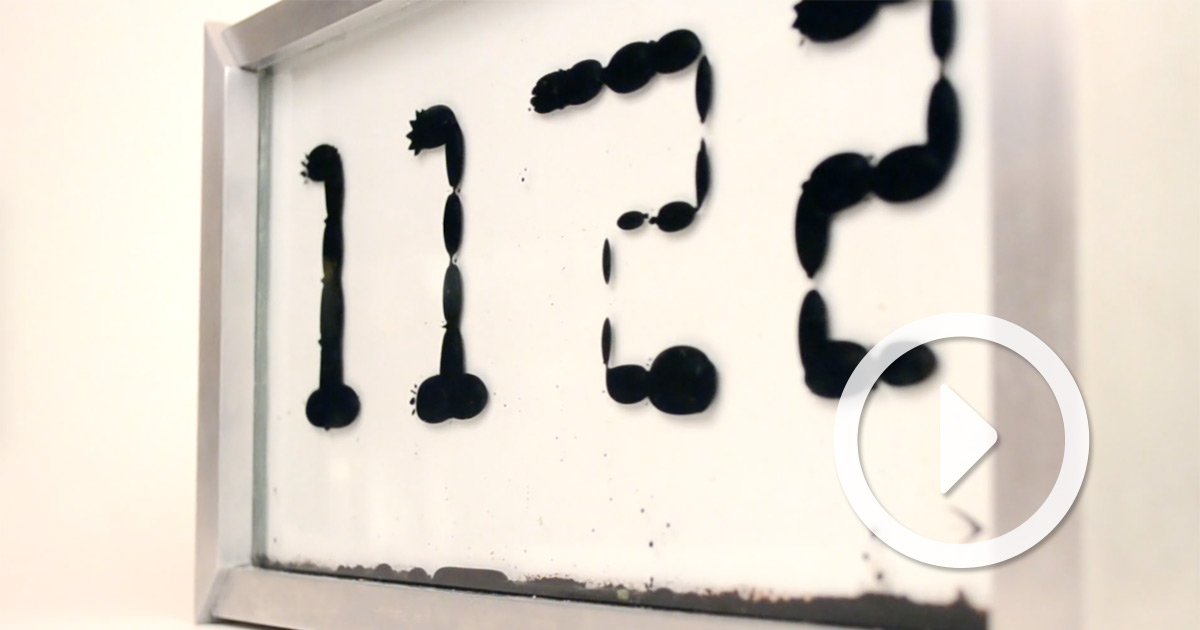
Step P
PROTOTYPE

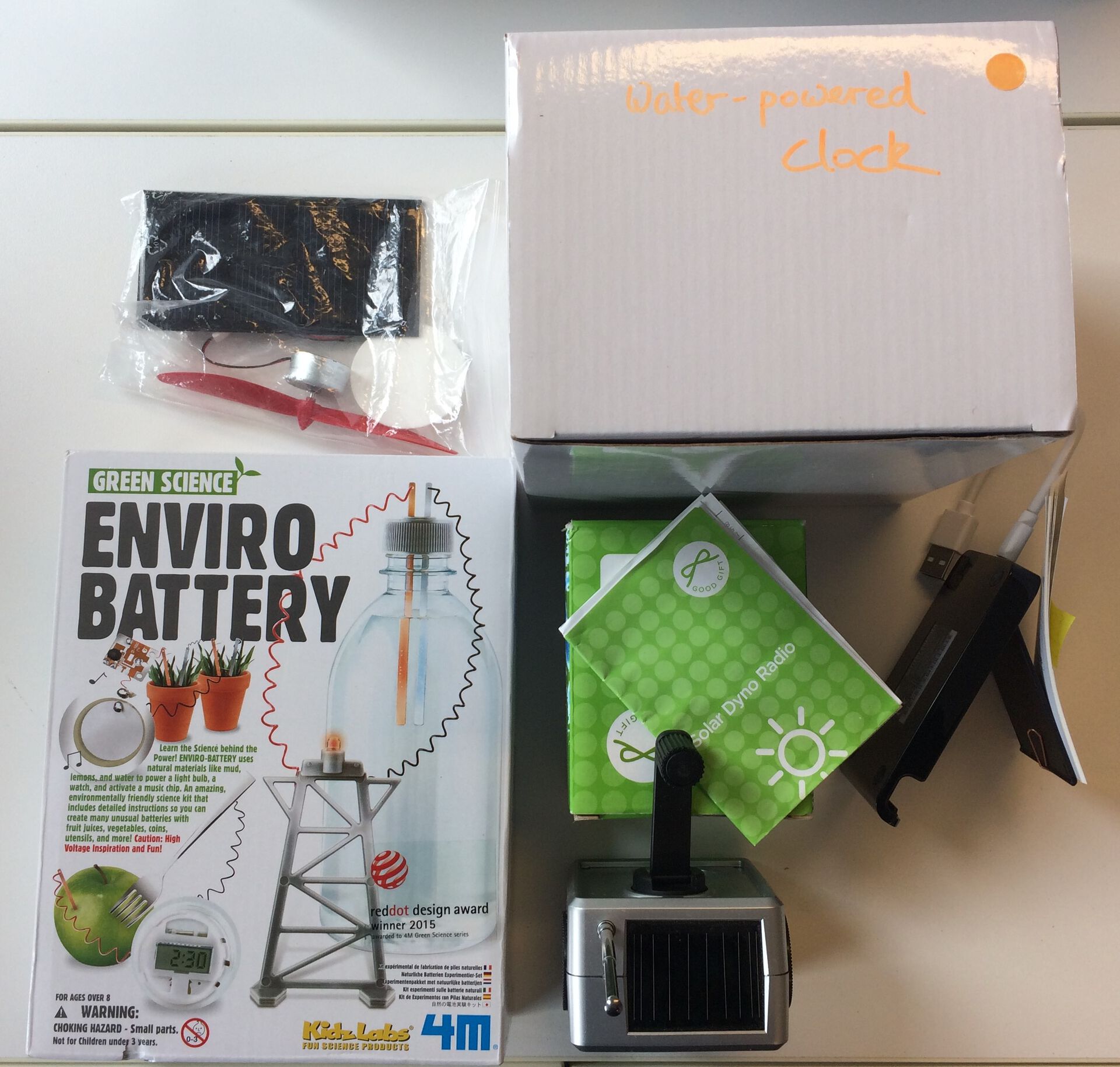
Create a provocative prototype or mock-up that tells:
- how mobile devices might retrieve, spend and manage energy in the future, whether an energy-plus house equivalent for the phone can be found to support sustainable technology design,
- how ‘low-energy’ and/or ‘LowTech’ principles, or other use-centric measures could serve the purpose of rising synergies between use and energy balance, and how that is sustainable for both the user and the environment,
- how rebound effects might intervene, even if societies transition to a future with significant gains in energy storage density.
Supplies you might want to use, you see to the left and will be handed over to you.
References
Barati, B., & Karana, E. (2019). Affordances as Materials Potential: What Design Can Do for Materials Development. 13(3), 19.
CNET. (2020, March 13). Truly flexible electronics are coming for your skin, eyes, and body. https://www.youtube.com/watch?v=QSdAknrrFmA
PhoneDB - The Largest Phone Specs Database. (2020). http://phonedb.net/
Shih, E., Bahl, P., & Sinclair, M. J. (2002). Wake on wireless: An event driven energy saving strategy for battery operated devices. Proceedings of the 8th Annual International Conference on Mobile Computing and Networking, 160–171. https://doi.org/10.1145/570645.570666
Tischner, U., & Hora, M. (2012). 19—Sustainable electronic product design. In Waste Electrical and Electronic Equipment (WEEE) Handbook (pp. 405–441). Woodhead Publishing. https://doi.org/10.1533/9780857096333.4.405
FINALE: INTEGRATE
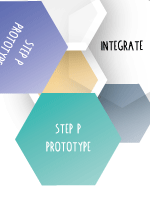
On the game board all participant paths meet in the middle (the game boards center that says ‘integrate’). After the individual participation phase we get to hear what other participants have come up with and how all participants could collaborate on the desirable futures we want to create.
Congratulations! With your participation we support this:
“Given the growing interest in “upstream” collaborative projects between designers and materials scientists, it is crucial to scrutinize designers’ creative contribution to materials development beyond “coming up with” application ideas. Overcoming this outdated preconception requires a shift away from the dominant perspective of cognitive psychology that understands creativity as being in the designer’s mind, to an understanding of it as being distributed between the designer and the material world. Creativity as such requires designers’ active participation in “discovering” the novel potentials of materials rather than merely translating the “given” materials information to product applications." (Barati & Karana, 2019)
